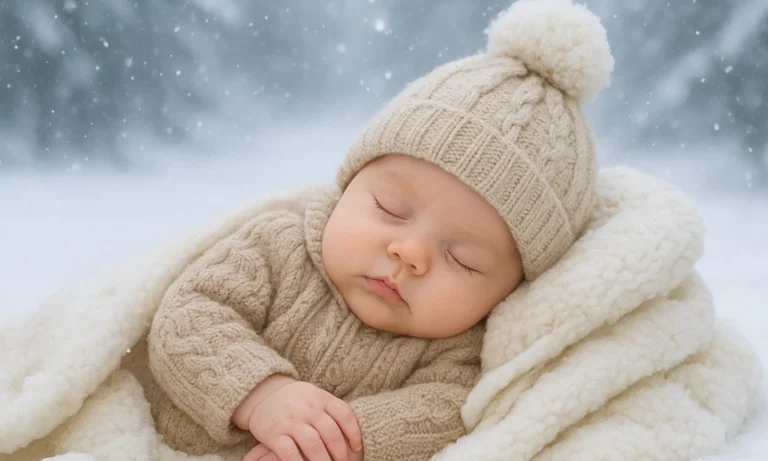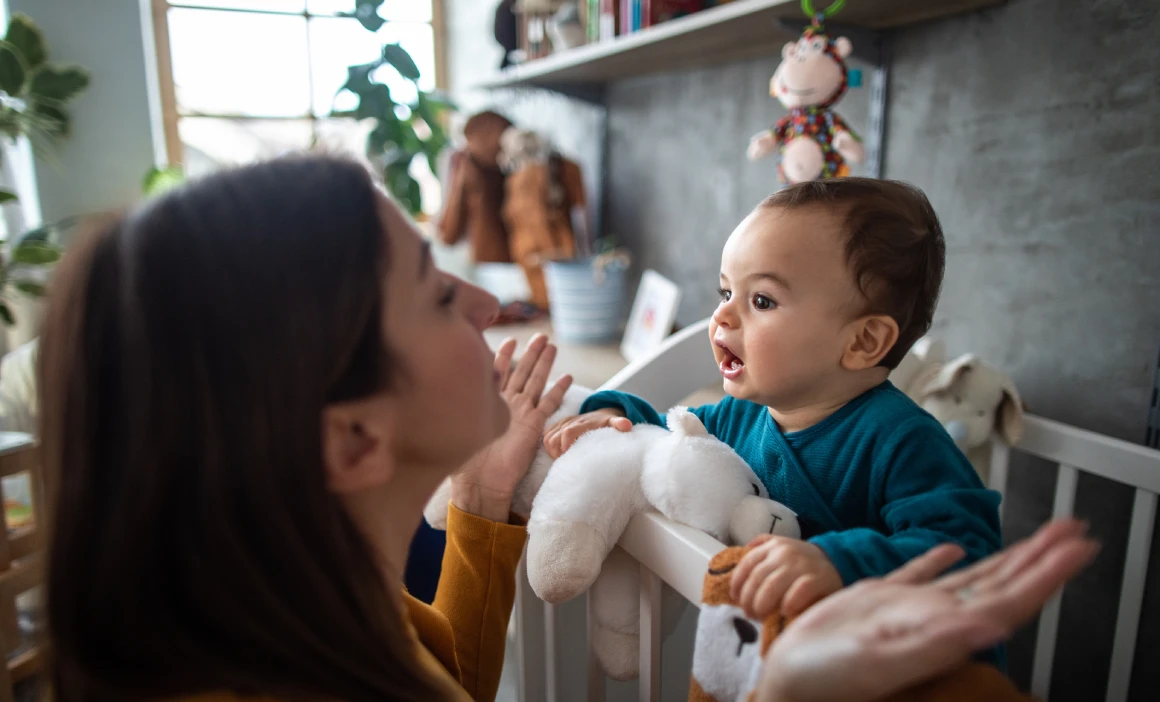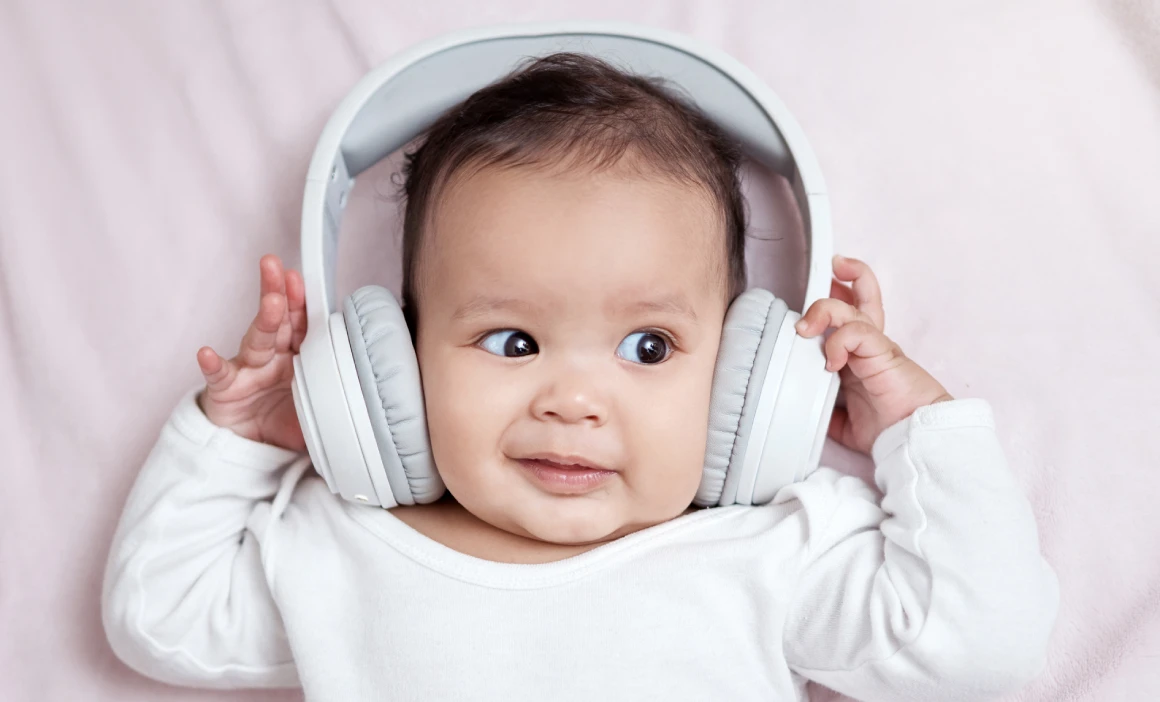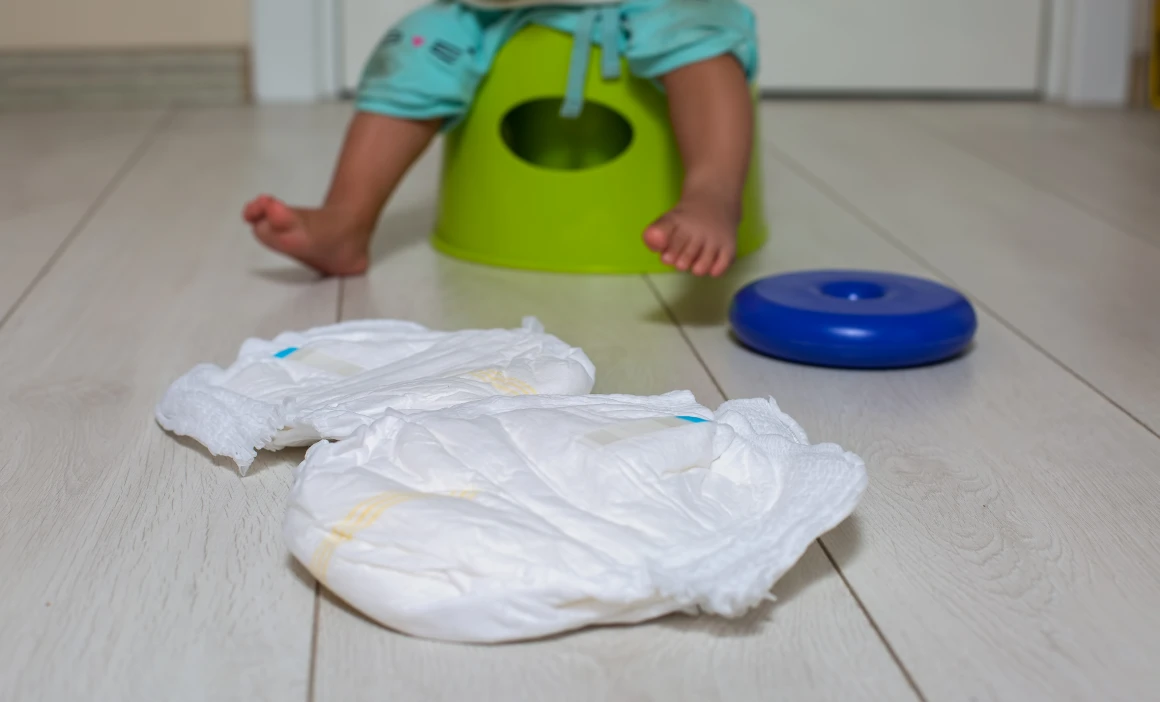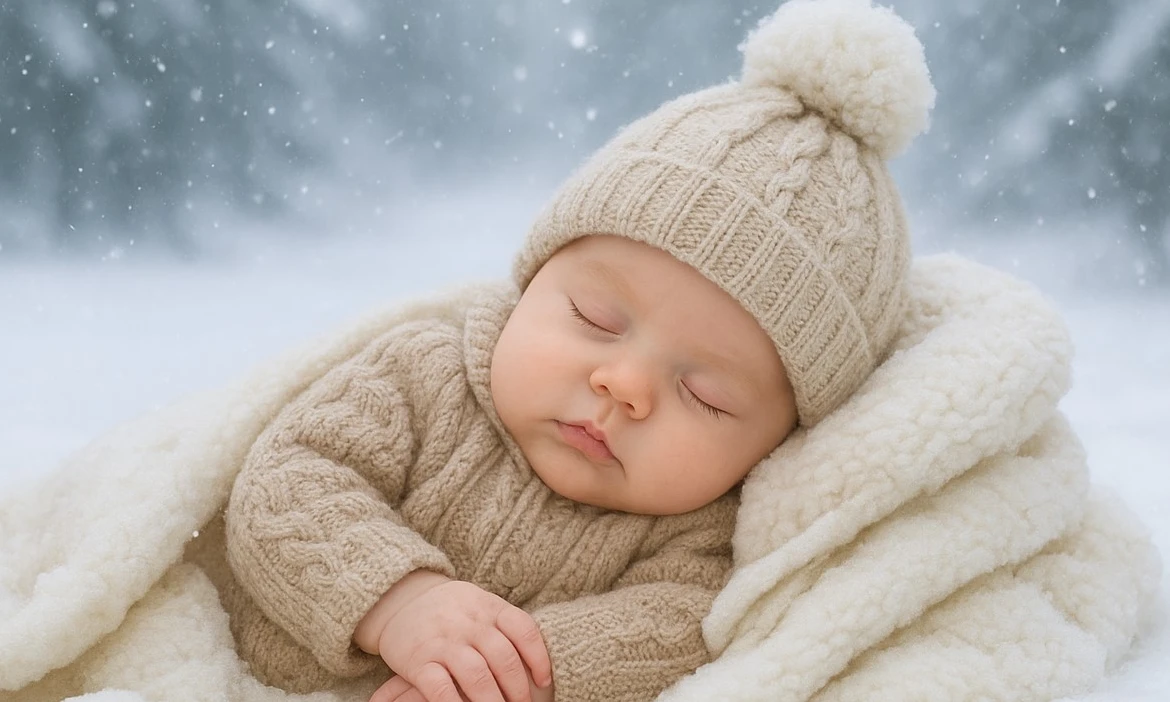
Winter Sleep Routines for Babies & Toddlers: Temperature, Dry Air & Bedtime Tips

Cradle of Nutrition
- 4 minutes read
Affiliate Disclosure: Some of the products listed below are affiliate links. Purchasing through them supports this blog at no extra cost to you.
As the days grow shorter and the air turns colder, many parents notice changes in their child’s sleep. Babies and toddlers may wake more frequently, have trouble falling asleep, or experience restless nights. Winter introduces unique challenges for sleep: cooler rooms, dry indoor air from heating, shorter daylight hours, and seasonal routine changes.
This article explores why winter sleep is different, practical tips on room temperature, bedding, and humidity, and bedtime routines tailored for winter. With actionable guidance and examples for infants and toddlers, you can ensure your little one sleeps soundly all season long.
For general sleep strategies, check our article How to Improve Baby Sleep.
Why Winter Sleep Is Different
1. Cold Rooms & Body Temperature Regulation
Babies and toddlers are still developing their ability to regulate body temperature. Infants are particularly sensitive to cooler ambient temperatures. Research shows that sleeping in colder rooms can lead to fragmented sleep, while overheating may increase arousals and even pose SIDS risks (PMC article).
Tip: Use a room thermometer near the crib to monitor temperature throughout the night.
2. Dry Indoor Air & Heated Homes
Winter heating often dries indoor air, lowering humidity to 20–30%, which can irritate nasal passages, dry skin, and cause night wakings. Optimal humidity is 40–55%, which helps babies breathe comfortably and sleep longer.
Tip: Use a cool-mist humidifier in the nursery and clean it regularly to prevent mold or bacteria.
3. Shorter Daylight & Routine Changes
Reduced daylight can disrupt circadian rhythms, making it harder for babies and toddlers to feel sleepy at the right times. Less daylight also means less outdoor activity, reducing sleep drive. A study on toddlers’ circadian rhythms noted that limited daytime light exposure is linked to delayed sleep onset (arXiv).
Tip: Even on cloudy days, aim for 15–30 minutes of morning light exposure, either outside or by a bright window.
4. Risk of Overheating or Under-Dressing
Parents often think winter = bundle up, but overheating is a common risk. The Lullaby Trust recommends room temperatures of 16–20°C with lightweight bedding. Conversely, under-dressing may cause discomfort and night waking.
Tip: Dress in layers you can easily adjust: a base layer, mid-layer (if needed), and a sleep sack.
Recommended Room Temperature & Bedding
Ideal Room Temperature
- Infants: 16–20°C (60–68°F)
- Toddlers: 18–22°C
Tip: Avoid placing the crib near radiators or drafty windows. Use a thermostat or portable heater with a temperature display if needed.
Bedding & Sleepwear Layering
Infants (0–12 months):
- Base layer: onesie or footed pajamas
- Mid-layer: optional long-sleeve pajamas
- Outer layer: TOG 2–3.5 sleep sack depending on room temperature
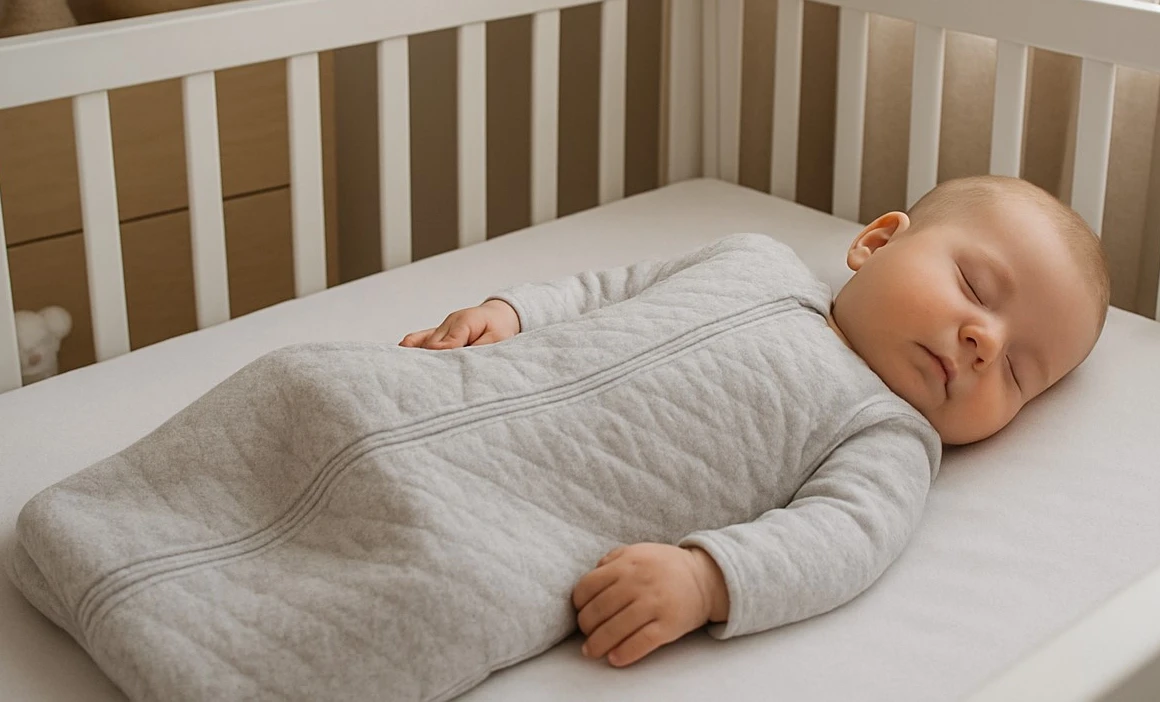
Toddlers (1–3 years):
- Optional thin duvet or blanket if room is cooler
- Ensure breathability and easy movement
Tip: Check baby’s neck or chest for sweat or chills to adjust layers. Avoid hats indoors while sleeping.
Humidity & Air Quality
- Maintain 40–55% humidity
- Open a window briefly during the day if safe
- Use a humidifier and clean weekly
- Ensure ventilation to prevent stale air
Winter Bedtime Routine for Babies & Toddlers
Daytime Tips
- Maximize morning light exposure
- Encourage physical activity indoors or outside if weather permits
- Keep feeding and nap times consistent
Pre-Bed Wind-Down (30–60 min before bedtime)
- Dim lights and reduce stimulation
- Offer a warm bath (not hot) 15–20 minutes before bedtime
- Dress appropriately for room temperature
- Introduce calming rituals: storytime, lullabies, or gentle massage
Learn gentle techniques in Baby Massage Tips
Sleep Environment Check
- Monitor room temperature and humidity nightly
- Avoid drafts from windows or heaters
- Ensure the crib is safe: firm mattress, no loose blankets, use a sleep sack
Bedtime & Overnight
- Keep consistent bedtime: infants ~19:00, toddlers 18:30–19:30
- Use low-level lighting for night feeds
- Adjust layering if night waking occurs
- For toddlers who get up at night, a slightly cooler room encourages them to stay in bed
Common Winter Sleep Issues & Solutions
| Issue | Possible Cause | Solution |
| Early morning wake-ups | Room too cold/too warm | Adjust layers, consider safe heater, ensure consistent bedtime |
| Increased night-waking | Dry air, congestion | Use humidifier, adjust temperature, check sleepwear |
| Trouble falling asleep | Low light, inconsistent routine | Increase morning light, maintain routine, gentle pre-bed rituals |
| Overheating | Too many layers or blankets | Remove layers, check baby’s neck/back for sweat |
Seasonal Considerations & Holidays
Winter brings holiday travel, visiting relatives, and schedule disruptions. These changes can affect routines and sleep.
Tips:
- Bring familiar sleep items: sleep sack, favorite blanket, small toy
- Monitor temperature and humidity in unfamiliar rooms
- Maintain bedtime routines as much as possible
- Use blackout curtains or blinds to simulate night
- Encourage morning light exposure, even when traveling
Parent Tips & FAQs
How to know if baby is too hot or cold:
- Check the back of the neck and chest
- Hands and feet may be cool normally
Signs that TOG is too high or low:
- Baby sweating → too warm
- Baby shivering → too cold
When to adjust routines:
- During holidays or travel, stick to core elements: bedtime ritual, sleepwear, and temperature control
Tip: Consistency is key — even minor seasonal changes can be accommodated without disrupting sleep if you maintain the routine.
Winter introduces challenges for baby and toddler sleep, including cold rooms, dry air, shorter daylight, and holiday disruptions. By monitoring temperature and humidity, layering appropriately, and maintaining consistent bedtime routines, you can help your little one sleep soundly through the season.
For additional tips, visit How to Improve Baby Sleep and Baby Massage Tips to enhance your bedtime routine.
By Erika Barabás

